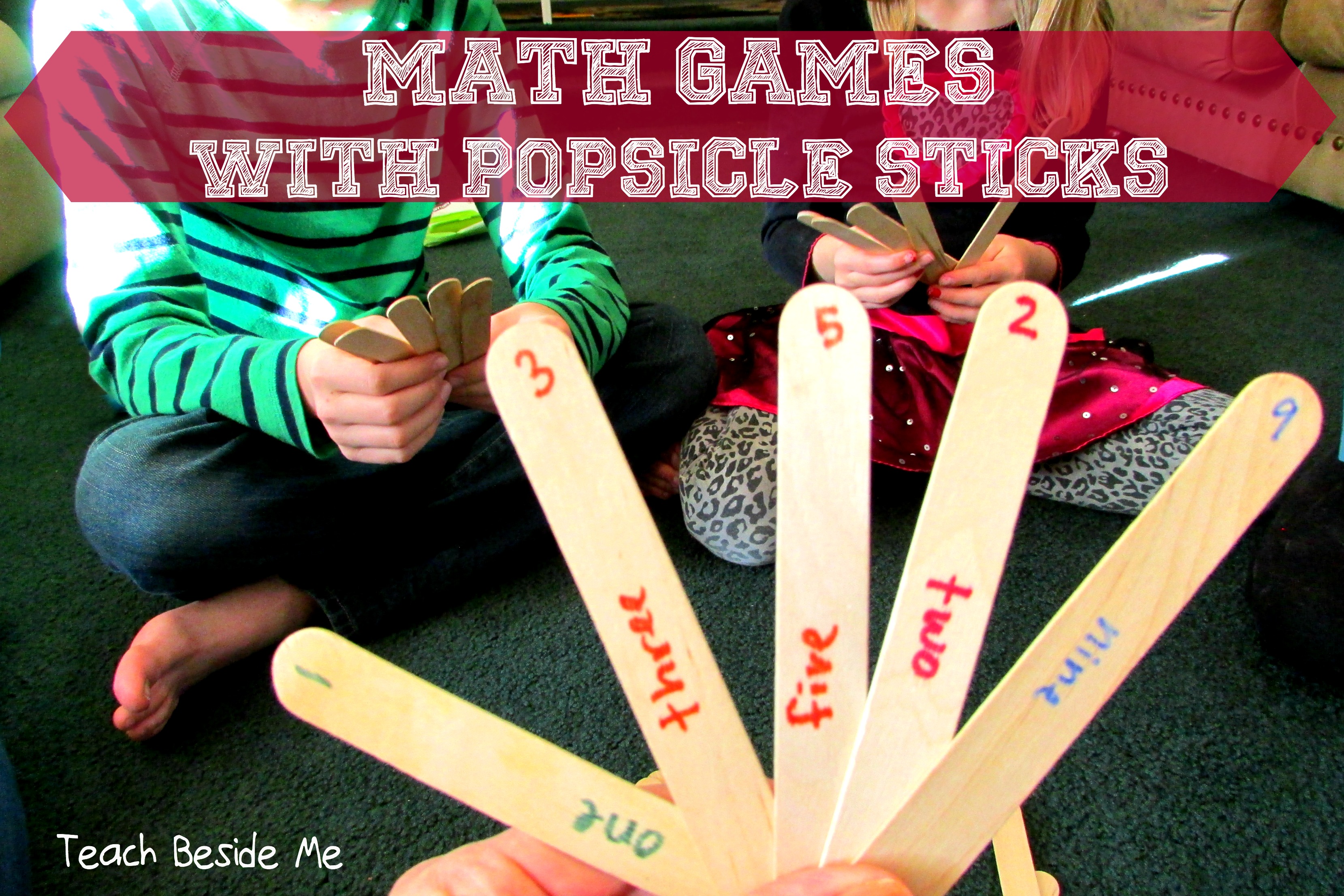Food Chemistry: Gummy Juice Noodles
This post may contain affiliate links.
Today is the coolest food chemistry experiment ever- Homemade Gummy Juice Noodles. We turned juice into a solid gummy noodle-y string! We like food-related experiments! My kids like to call them “joodles”.
(Check out a couple of my other kitchen chemistry experiments: Cake Chemistry, Rock Candy Geodes, Homemade Butter in a Jar)

I came across an experiment a while back that turns juice into spheres (little balls) and I really wanted to try it out. These juice spheres are made in fancy restaurants all the time. They look like little caviar balls.
Instead of spheres, we did our own spin on it though and made them into gummy juice noodles! I have to say that this experiment was pretty amazing. My kids even called it “EPIC”.
Food Chemistry: How to Make Gummy Juice Noodles

Watch how we made the noodles:
To make these gummy juice noodles, you will need a few specialized ingredients, that I could only find online: Sodium Alginate and Calcium Chloride. If you want to get high tech, they have special (and super awesome) spherification tools you can buy, too. We stuck to a regular syringe.
Tools & Supplies:
Sodium Alginate (gelling agent)
Calcium Chloride
Blender
Juice
Glass Bowls
Syringe
To start, measure out 1 c. of juice. I used 2 different kinds to add some color variety in our experiment. Mix 1 tsp of sodium alginate into the juice. Blend it in a blender to remove any lumps. It will start to thicken. Let it rest for at least an hour to let the bubbles escape.

After the juice and alginate mixture has rested for a time, it is time to make the juicy noodles. You will need a large pan full of water mixed with the calcium chloride. I mixed in a teaspoon or two of the calcium in the water. You will also want another bowl of fresh, plain water that you can use to rinse the noodles when they are done.

Using a syringe, collect the juice mixture and squirt it into the calcium-water solution. In the presence of calcium, the sodium alginate forms into a gel.

This is where it was supposed to be droplets, but ours came out in long strings (probably due to my inaccurate measurements).

Remove them from the pan and rinse in the fresh water.

Now your kids can dive in and taste them. Sometimes they come out in blobs instead of strings, but both are fun to taste and play with.
Then we just placed them on a plate and the kids ate them. They tasted just like gummies and my kids LOVED them! Plus, they are much better for you when you make them of 100% juice.

I am not certain how long they would last, but if you refrigerate them, I think they would last a few days.








My kids would love this experiment!
I think we had a science kit that created a similar substance, only not edible because it wasn’t with juice.
This looks like a super fun experiment! I think our son will have loads of fun doing this. I can just hear the squeals of excitement now.
so fun!!! Do you know what the chemical reaction is? Why it does it? Looking for a neat experiment for my daughter for her science fair. She needs to explain and understand so I was just wondering if you know why it happens.
This is about cross-linking polymers. For a science fair experiment, the variable you experiment with could be to compare the behavior of the sodium alginate mixture in a calcium chloride solution vs how it behaves in a sodium chloride solution. Or, what happens when you put the noodles you made using the calcium chloride solution into a sodium chloride solution. Your young scientist can research what accounts for the different behavior – and learn about ions and cross-linking polymers.
Kids will enjoy having this experiment at the school.
I saw that you ended up using two different juices
Yup! I thought it would look neat with two different colors.
We are doing this for our science fair project and we are very exited to make it!!!!!! Thank you for the idea!!!!!!!!!!!!!!!!!!!!!!!
Okay, so while you obviously haven’t made the sterotypical macaroni style noodles, “juiceroni” still seems like a fitting name for these.
Love it!!
Where did you get the Sodium Alginate and Calcium Chloride? Sadly I’m thinking this could be an awesome healthy fruit snack for me if I use 100% juice.
I got it on Amazon 🙂 It is linked in the post. They are really tasty!! It would make a good snack.
I was going to do this for a chemistry experiment and thought in would work with gelatin, it didn’t. So don’t try to substitute, use the sodium alginate!!!
Good to know! 🙂 Thanks!
HI,
So, what were your measurements for these juice noodles, despite being incorrect. We are going to try this on Friday!
Thanks!
Hey! The measurements I used are listed in there. I cup of juice, 1 teaspoon of sodium alginate. 🙂 Glad you are going
the spheres are more likely if the syringe delivers smaller drops into the calcium chloride solution. While a safety issue, a needle that fits the syringe will do this effectively or if you have access to plastic pasteur pipettes then cut off the bulb and place the shaft over the nozzle of the syringe. No, you wont get large spheres unless perhaps dip the end of the needle or pipette below the surface then slowly push the plunger – something to play around with. The alginate solution will last for about a week – perhaps refrigerate to improve this
Do you know how many batches of this you could do with the 2 oz packages that you linked? I would like to try this for a class but am unsure how much of the Sodium Alginate and Calcium Chloride I would need to purchase.
It will make a LOT. You only need a small amount for it to work. I have used it several times already and still have not run out.
We are needing to make an invention for my son’s school and I’m wondering if these would melt in hot water? For our idea, we are trying to make a liquid product into a solid (not frozen), but then it needs to melt when put in hot water like coffee or tea. Do you think these would do that?
The only thing u probably did “wrong” was ether u put in t much gell agent, or you used too big a suringe. ether way this turned out really cool!
what size syringe did you use? and what is the chemical reaction that happened? I want to teach this to kids, so need those details 🙂
Do you think this would work if it sat for only about 30 minutes instead of an hour?
Yes, it might. It just needs to thicken up.
I want to do this with my kids, how long does it take to sit?
Do you think I could make the alginate solution the night before if I kept it refrigerated?